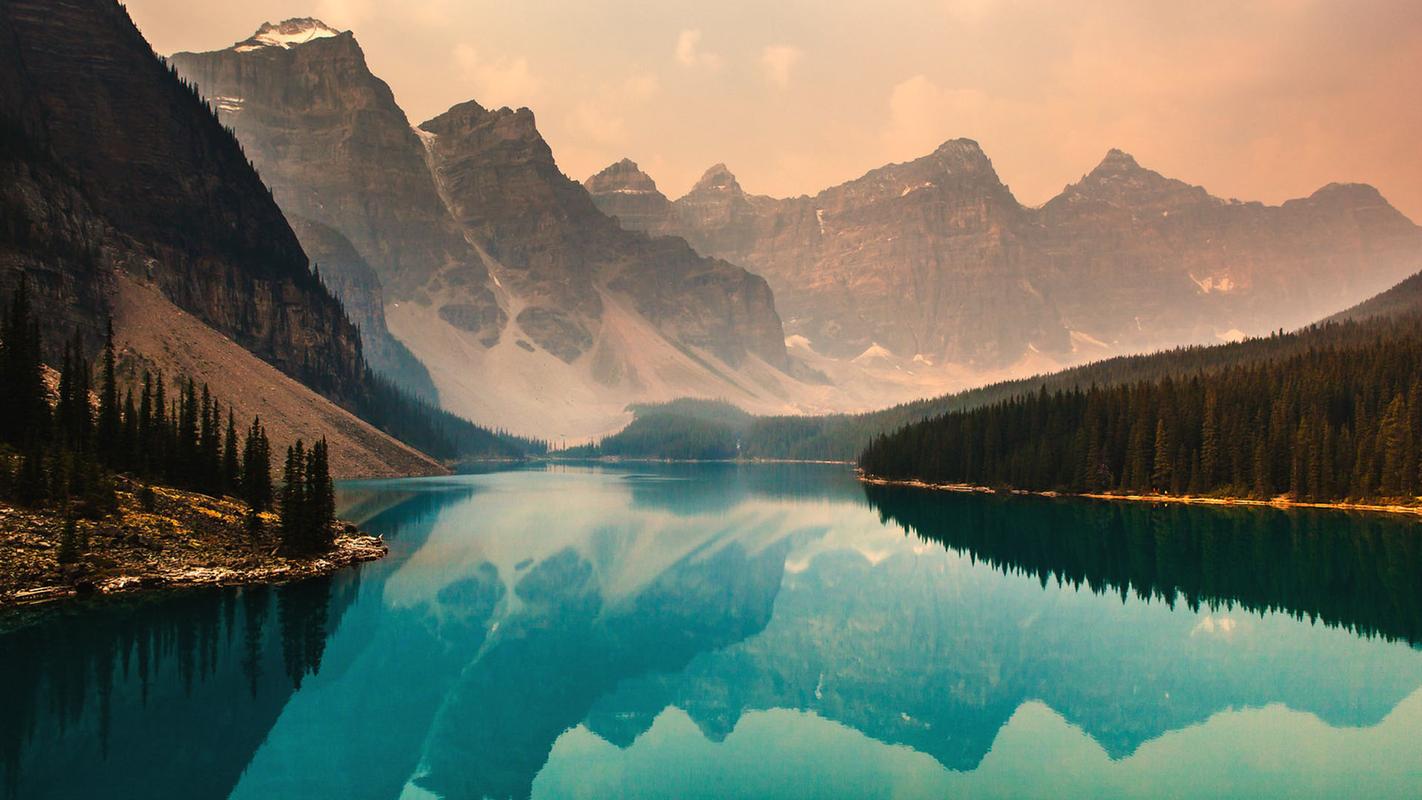Exploring the Rich and Fascinating Iran Culture: From Poetry to Cuisine
Iran is a country with a rich cultural heritage that dates back to thousands of years. Its culture is multi-faceted, comprising literature, music, art, architecture, and, of course, cuisine. Iran’s vast landscape is dotted with historical sites and monuments dating back to the Achaemenid Empire and beyond, reflecting the diversity and vibrancy of its people.
Introduction
Iran is a fascinating country that has remained shrouded in mystery. Despite being in the news for political reasons, many people are unaware of the country’s rich culture and history. Often misjudged and misunderstood, Iran is a place that is full of surprises. From poetry to cuisine, Iran’s cultural heritage is as diverse as its geography.
Body
Poetry
Poetry occupies a central place in Iranian culture. Iranians take great pride in their poetry, which is considered one of the oldest and most refined forms of literature in the world. Iranian poetry dates back to several thousand years and has produced some of the world’s most famous poets, including Rumi, Hafez, and Saadi.
Iranian poetry is deeply philosophical and contemplative, exploring themes such as love, faith, and the meaning of life. Iranian poets often employ symbolism and metaphor to convey their messages, resulting in a depth of meaning that is hard to find in other forms of literature.
Cuisine
Iranian cuisine is another aspect of its cultural heritage that is truly remarkable. The cuisine is characterized by a unique blend of flavors and ingredients that reflect Iran’s history and geography. Iran’s cuisine is known for its use of spices, herbs, and vegetables, resulting in dishes that are not only delicious but also healthy.
One of Iran’s most famous dishes is the kebab, which is made from pieces of marinated meat that are threaded onto skewers and grilled to perfection. Another popular dish is the Ghormeh Sabzi, a green stew made with herbs, beans, and lamb. Iranian cuisine also features a wide variety of vegetarian and vegan dishes, including the popular Eggplant Kuku.
Architecture
Iran’s architecture is another area where its cultural heritage shines through. Iranian architecture is noted for its beauty and complexity, featuring intricate designs and patterns that are a testament to the country’s artistry and craftsmanship. Iranian architecture is heavily influenced by its Islamic heritage, with its mosques and other religious buildings featuring elaborate domes and minarets.
One of Iran’s most famous architectural landmarks is the Imam Mosque in Isfahan, which is known for its intricate tilework and unique architecture. Another famous landmark is the Persepolis, an ancient city built during the Achaemenid Empire that features impressive architectural structures such as the Gate of All Nations and the Apadana Palace.
Conclusion
Iran’s cultural heritage is a treasure trove of history, art, and tradition that is waiting to be explored. Whether it’s exploring the country’s poetry, cuisine, or architecture, Iran has something for everyone. Iranians take great pride in their cultural heritage, and it is reflected in everything they do. So, if you ever get the chance to visit this fascinating country, make sure to soak in its rich culture and history.
(Note: Do you have knowledge or insights to share? Unlock new opportunities and expand your reach by joining our authors team. Click Registration to join us and share your expertise with our readers.)
Speech tips:
Please note that any statements involving politics will not be approved.
